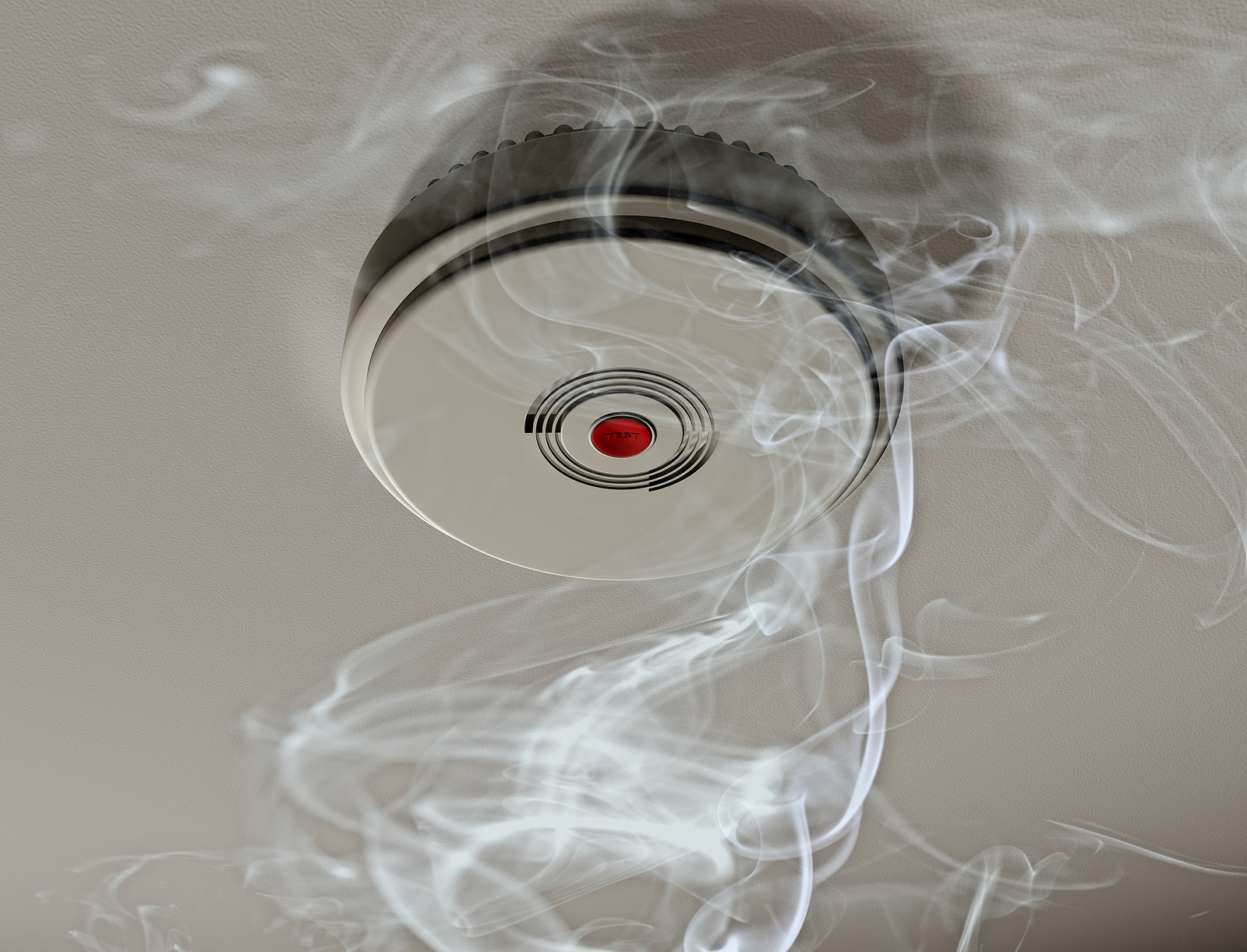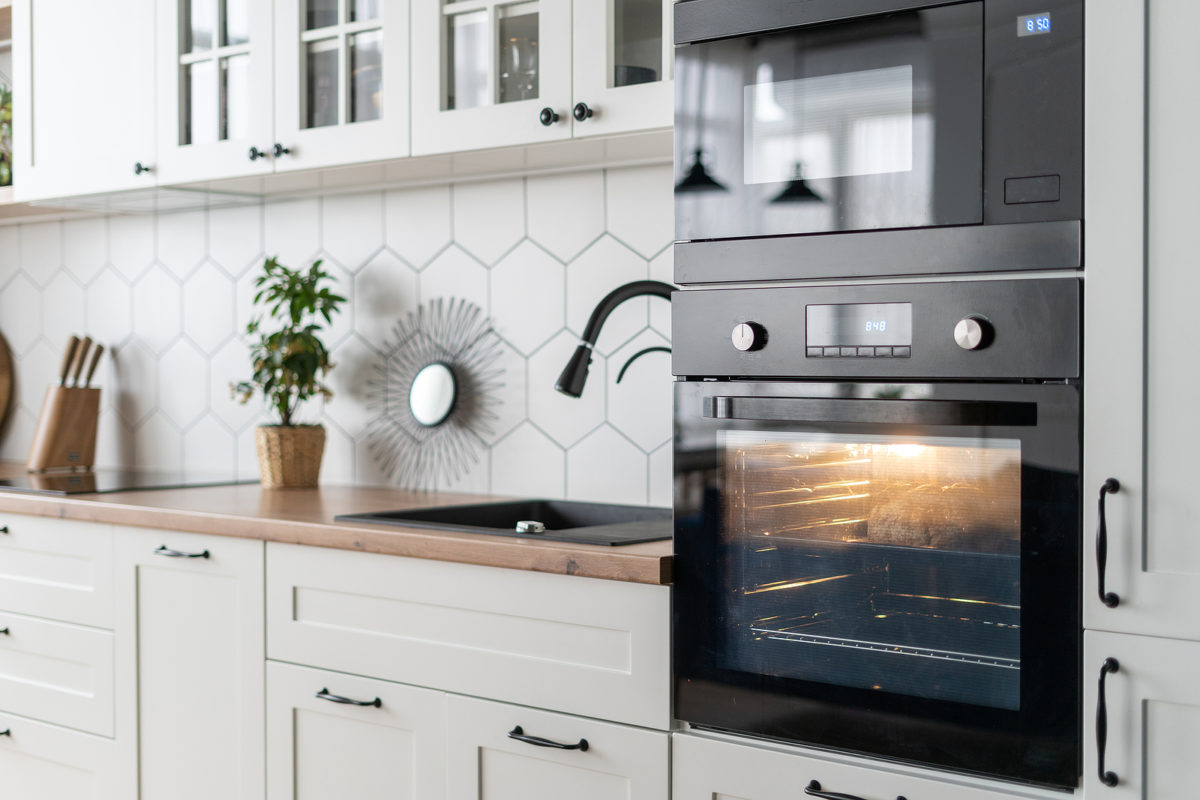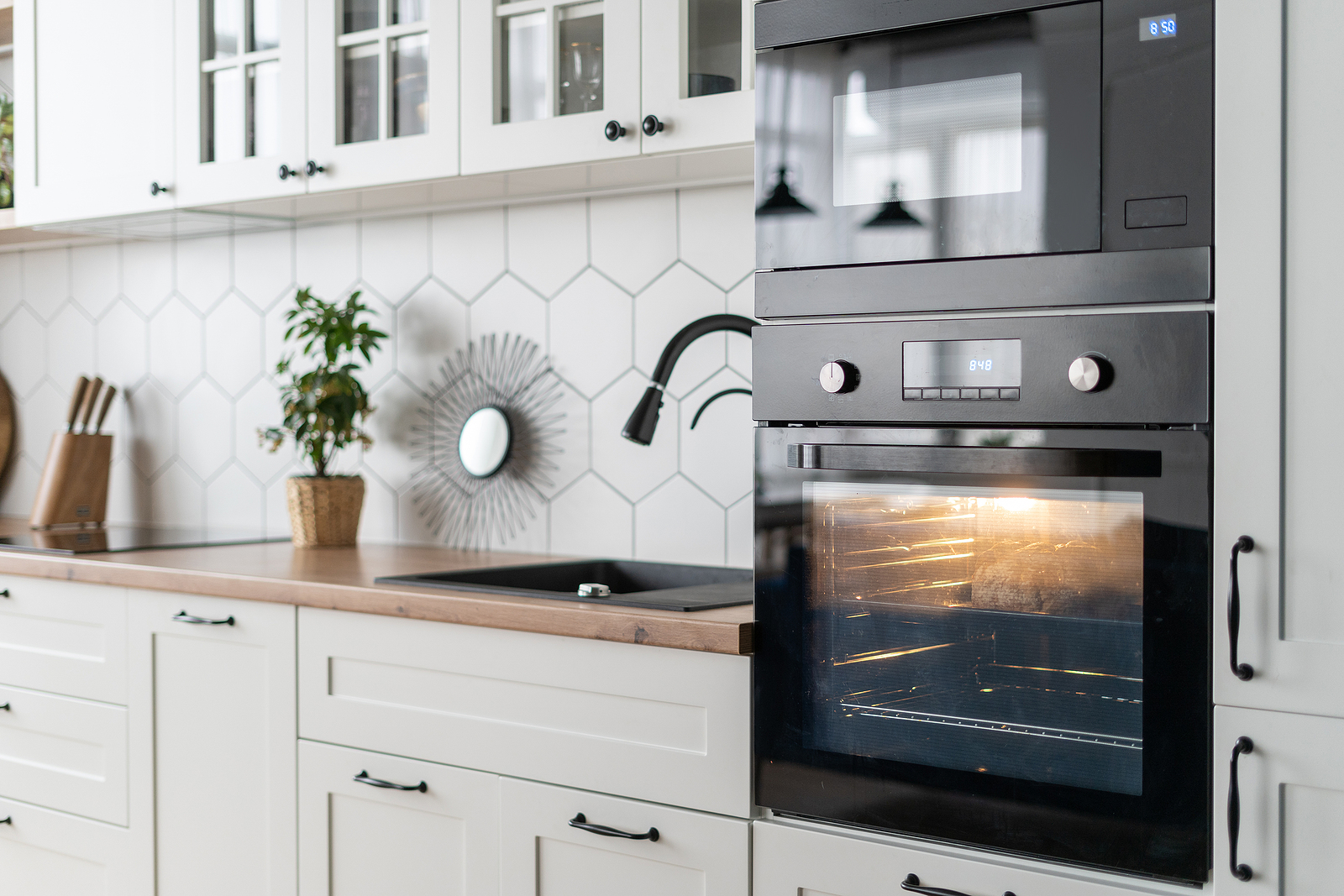Did you know that your chance of dying in a home fire is cut by 55% if the home contains working smoke alarms? According to the National Fire Protection Agency, maintaining the smoke alarm in your home is critical.
Pay attention if the unit beeps or chirps for no apparent reason. Typically, the batteries are dead and need to be replaced. When it’s a hardwired alarm that’s driving you nuts with noises, you’ll need to investigate the cause.
How old is the smoke detector?
The average life span of a smoke alarm is 10 years. If yours is older, it may be chirping to let you know it’s time to replace the entire unit.
There should be a date stamped on it somewhere, sometimes on the back of the unit so you may need to remove it from the ceiling. If it’s older than 10 years, buy a new one.
Dirt and grime are the enemies
Smoke detectors require routine cleaning to remain reliably operable. As well, “Most people don’t realize that the batteries should be replaced TWICE a year,” according to the cleaning pros at maidbrigade.com.
They go on to suggest that an easy way to remind yourself to perform this task is to plan on doing it when “… we change to daylight savings time and daylight standard time.”
You’ll not only want to change the batteries, but clean and test the smoke detector unit as well.
If the detector’s sensor is covered in dust or grime, the noise it’s emitting may be trying to alert you that it needs to be cleaned.
The best way to do this, if it’s just a film of dust, is with compressed air such as that you use to clean your computer.
If it’s grime that is causing the problem, use a microfiber cloth to wipe it clean.
You’ll find a walkthrough of how to clean a smoke alarm online at kidde.com.
Power outage
Even a momentary power outage can cause the smoke detector to chirp. It may also be chirping in response to a power surge. A professional electrician is required to remedy this problem.
When your smoke detector begins chirping, don’t ignore it and don’t put off investigating the cause. The detector is an important safety feature in the home so its maintenance requires immediate attention. If you can’t determine the reason for the chirping, call the manufacturer for assistance.
Additional smoke detector considerations
Safety experts suggest (and some state laws demand) that homes have working smoke detectors on each level of the home and in each hallway and bedroom.
Ceiling mounted detectors should be placed 4 inches from the wall and, “If your alarms are on the wall, they should be 4 to 12 inches from the ceiling,” according to the experts at the Texas Department of Insurance.
They also caution against placement near windows and vents and in areas with lots of drafts.
It may be challenging to figure out why a smoke alarm is all of a sudden making noise. If all else fails, replace the alarm. They aren’t terribly expensive and the peace of mind it will provide is well-worth the price.
You’ll find more help in figuring out why your alarm is chirping online at bobvilla.com.



















